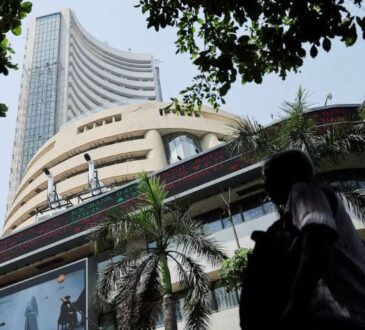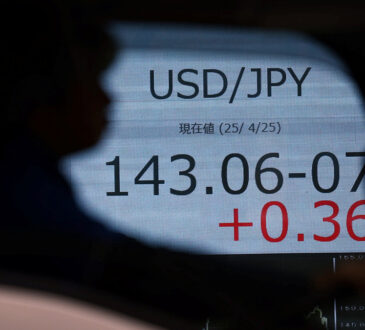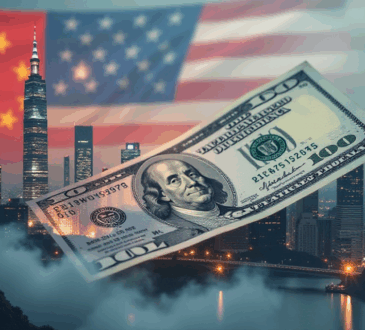
What’s going on here?
The Indian rupee is grappling with headwinds, trading at 84.07 per US dollar. This dip comes as foreign investors withdraw from local stocks and the US dollar flexes its muscles – overshadowing strength in other Asian currencies.
What does this mean?
The Indian rupee is under pressure as foreign investors have pulled $8.4 billion out of Indian equities in October, marking a potentially massive monthly exodus since 2002. This investor withdrawal aligns with a resilient US dollar, bolstered by strong retail sales and lower jobless claims, pushing the dollar index to an 11-week high of 103.87. Meanwhile, India’s benchmark indices, the BSE Sensex and Nifty 50, have dipped by 0.5%, reflecting the rupee’s instability. Efforts from India’s banks, possibly in coordination with the Reserve Bank of India, to support the rupee via dollar sales seem minor amid the vast outflows and projected increases in US yields.
Why should I care?
For markets: The rupee’s turbulent journey in volatile waters.
Investors are keeping a close eye on the factors influencing the rupee and Indian equities. The substantial foreign investment outflows not only impact the rupee but also reflect broader shifts in market sentiment. While currencies like the Philippine peso gain ground, the pressure on emerging market currencies like the rupee is intensified by robust US economic signals strengthening the dollar. Continued dollar strength could mean ongoing volatility for emerging markets.
The bigger picture: Global currents reshaping currency tides.
The broad stability of Asian currencies – even as the dollar strengthens – highlights major macroeconomic shifts. With foreign assets in India surpassing $1 trillion, significant changes in global investment patterns could destabilize local economies. DBS Bank notes that the recovery of the dollar index may be ‘overstretched,’ hinting at potential relief for the rupee if the index retreats to around 102. This scenario marks a critical point for global fiscal strategies amid evolving trade and monetary policies.




